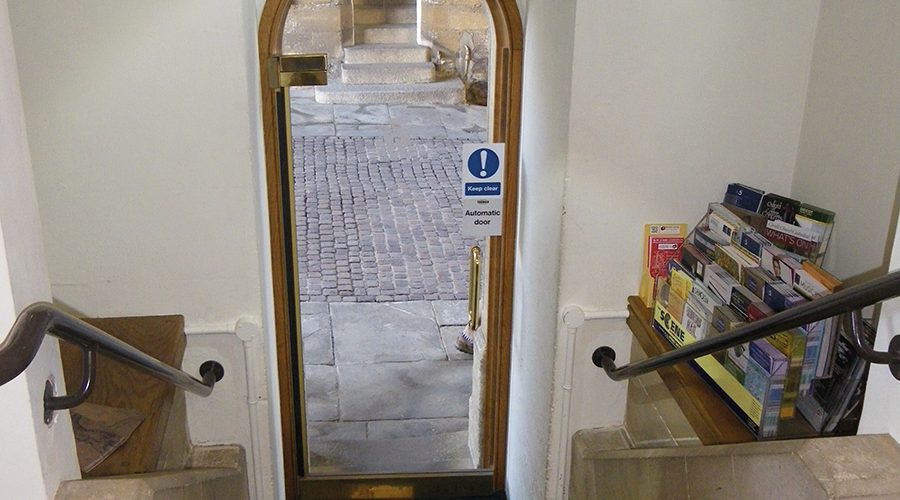When faced with improving accessibility to public buildings that are of historic importance, such as churches, many Government and county council properties and even some school buildings; for example, architects must consider both the need to maintain heritage aesthetics whilst delivering a solution that ensures everyone can utilise the facility, says Tormax MD, Simon Roberts.
Tormax

The simplest option may be to fully automate an existing manual swing door entrance, maintaining a feature that is of architectural merit whilst improving access into the building. Obviously, an operator located above the door lintel is one option, and they are certainly slimmer and more discreet than ever before, but there is no doubt that even the most elegant metal casing can be slightly incongruous in a period setting.
Ensuring the heritage facade is maintained, a more acceptable solution is to automate the existing swing door by hiding the operator out of sight within the floor space. As design and technology have advanced, this has become an entirely practicable option as reliability has significantly improved, ensuring minimum disruption for ongoing maintenance and repairs.
An underfloor operator can be useful for automating both internal and external doors, creating a prestigious entrance that actually enhances the heritage setting. It is certainly impressive to see a beautifully crafted, traditional oak door swing open as if by magic.
Alternatively, it may be appropriate to retrofit with a more modern interpretation of an original door. Often, full-glass doors provide much-needed light into historic interiors, opening with whisper-quiet precision as pedestrians approach.
Finally, apart from improving accessibility, providing an automatic entrance system will also help reduce heat loss from a building. This may be of particular importance for historic buildings which can be notoriously difficult to maintain at an ambient internal temperature.







